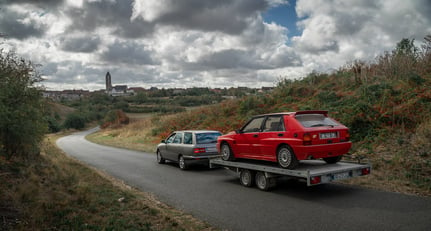While the Lancia Delta HF Integrale was out devouring special stage after special stage in the 1990s, winning every rally trophy there was to win and making the headlines virtually every weekend, the marque’s bigwigs were being ferried between boardrooms up and down Italy in one of these: the Kappa SW Turbo. Fewer than 10,000 of these distinguished Pininfarina-designed estates were built, but while the Turbo version was powered by the same 2.0-litre Lampredi four-pot engine as that found in the Integrale, the Kappa flew under the radar of enthusiasts, and continues to do so today. Antoine Minard, a young automotive journalist at the prominent French magazine La Vie de l’Auto, is looking to change that having recently discovered the merits of this versatile Italian super wagon.
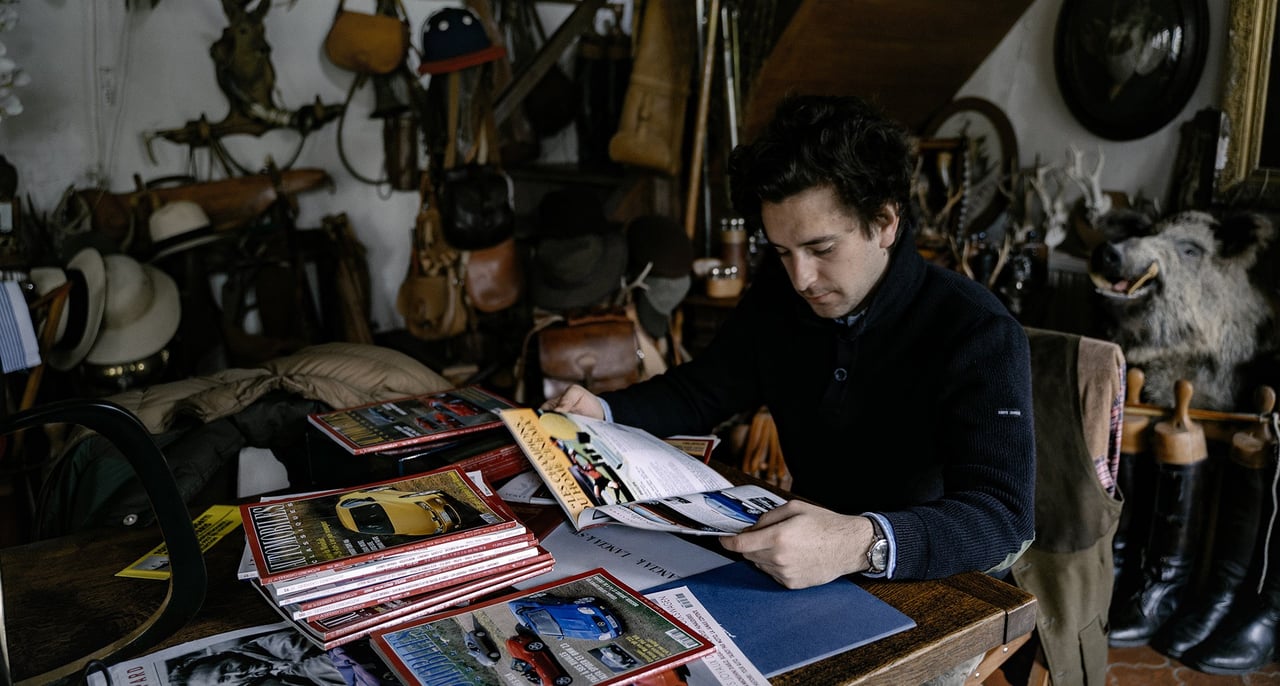

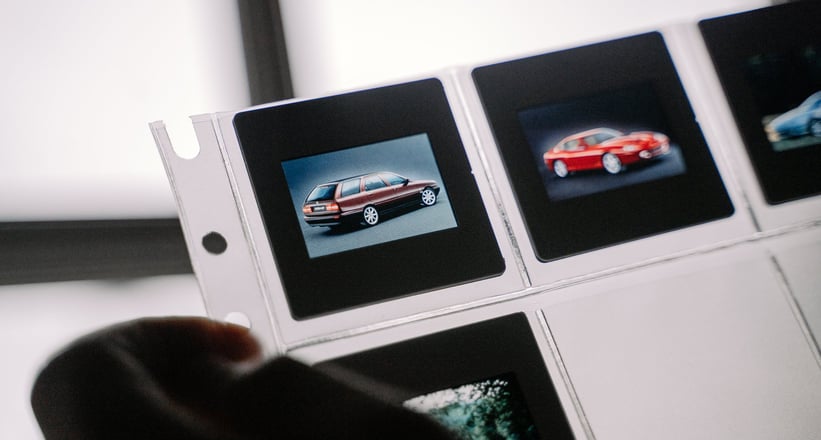
What are your earliest automotive memories?
My grandparents lived in Bayonne on the southwest coast of France near an official Ferrari concessionaire. Every time I visited them, I’d stop by and I remember seeing the new 456 GT, 348 Spider, F50 and 550 Maranello. The garage next door sold Jaguars and Maseratis. In fact, the region was full of gorgeous cars. Moreover, my dad and I used to go to the famous Mondial de l’Auto in Paris every two years. The memory of visiting in 1994, when I was just four-years old, and seeing the light purple Lamborghini Diablo SE30 has always stayed with me.
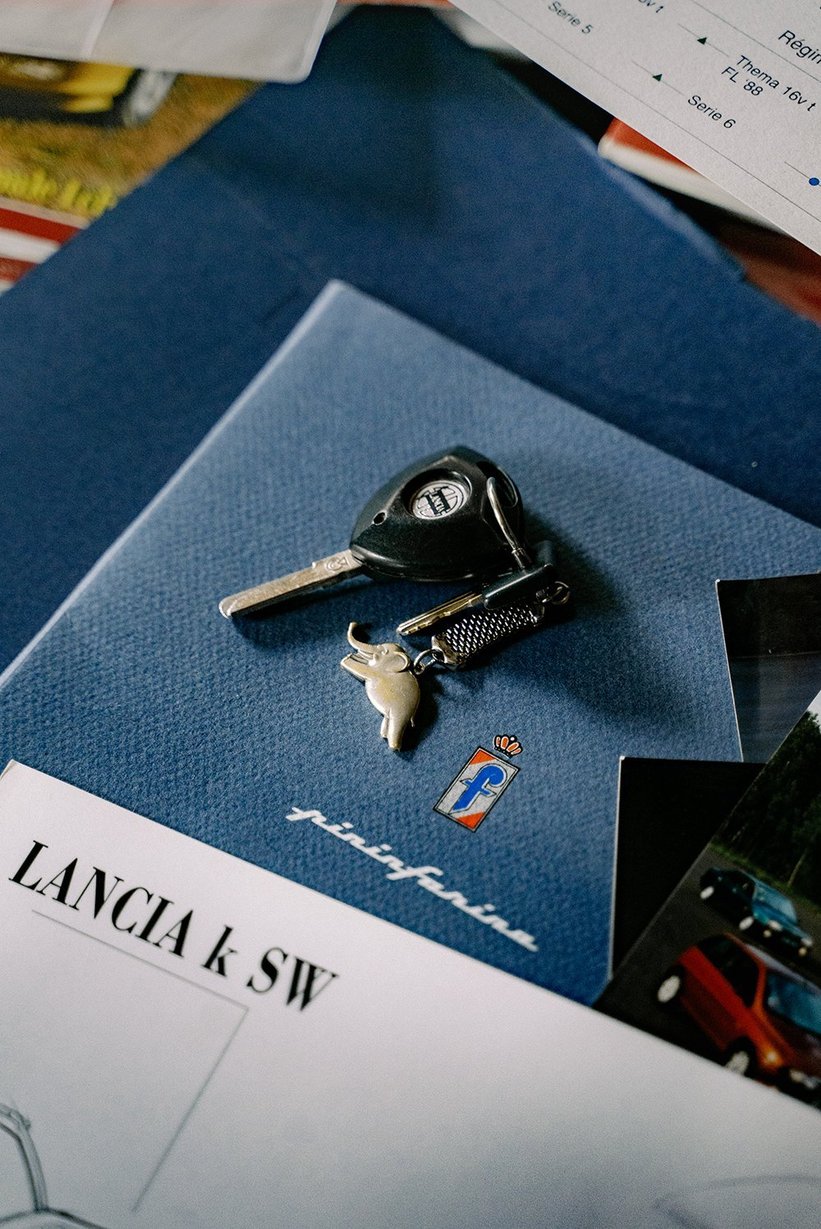
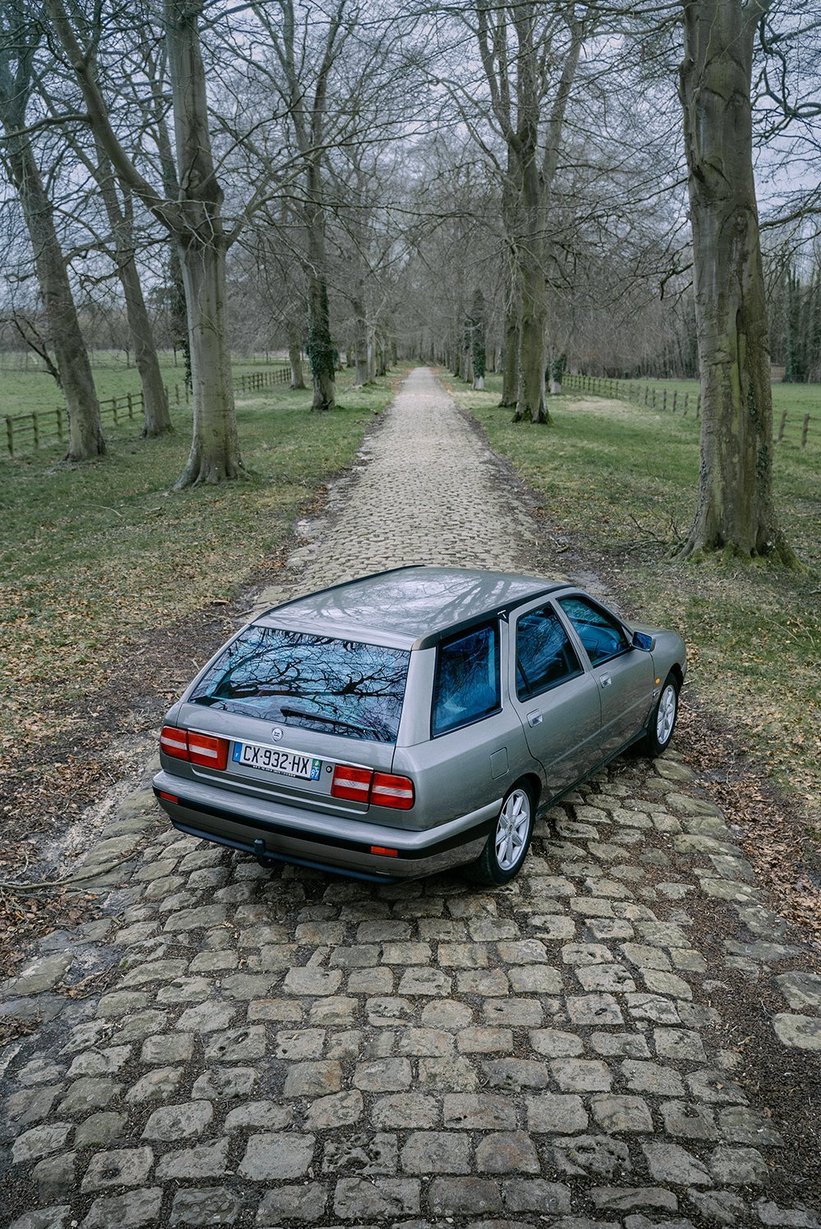
Could you tell us about your professional background?
I am a journalist at La Vie de l’Auto, a French weekly magazine dedicated to classic cars, which has been published since 1976. We report on large and small events alike, auctions, historic racing and much more. I think about old cars all day long!
What tempted you to buy a Lancia Kappa?
It was not a premeditated decision, at least not entirely. As an Italian car addict, I’ve owned a number of Alfa Romeos, Autobianchis and Lancias. I was looking for a Kappa Coupé, a V6 or a Turbo, just for pleasure because I love its clumsiness and its baroque lines. One day, a friend dropped by with this Kappa SW 2.0 Turbo and I was unable to remember the last time I’d seen one. I half-heartedly asked him if it was for sale, and one week later it was mine. Having a big estate car is always handy.
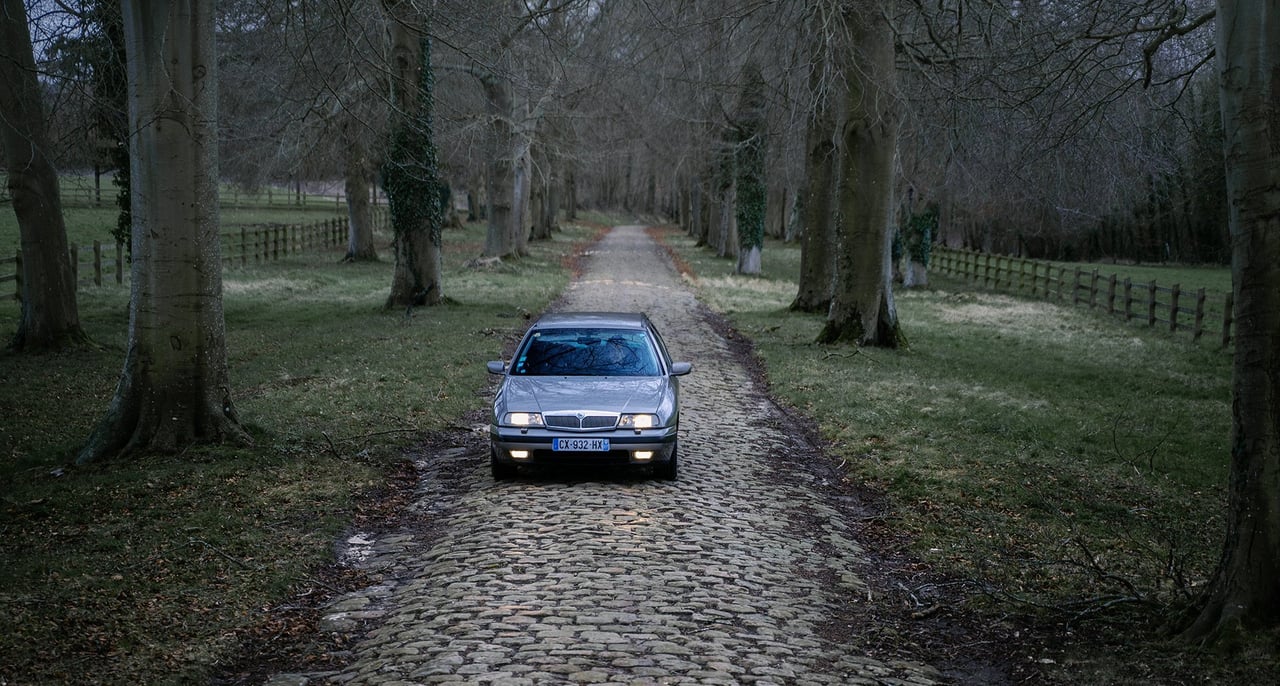


How would you describe your car to someone who has never seen a Kappa SW before?
As an Italian sofa designed by Pininfarina and powered by a Delta Integrale Evo 2 engine! More often than not, an estate is better designed than the saloon. The Kappa SW was designed to travel long distances in a mellow and comfortable manner. However, as strange as it sounds, the engine is noisy and brutal, with old-school on-off turbocharging. The performance contrasts with the luxurious interior. The Kappa SW was the lordliest Italian wagon of its generation, co-created by Lancia and Pininfarina, but assembled at the latter’s Turin plant, like the Thema SW that preceded it.
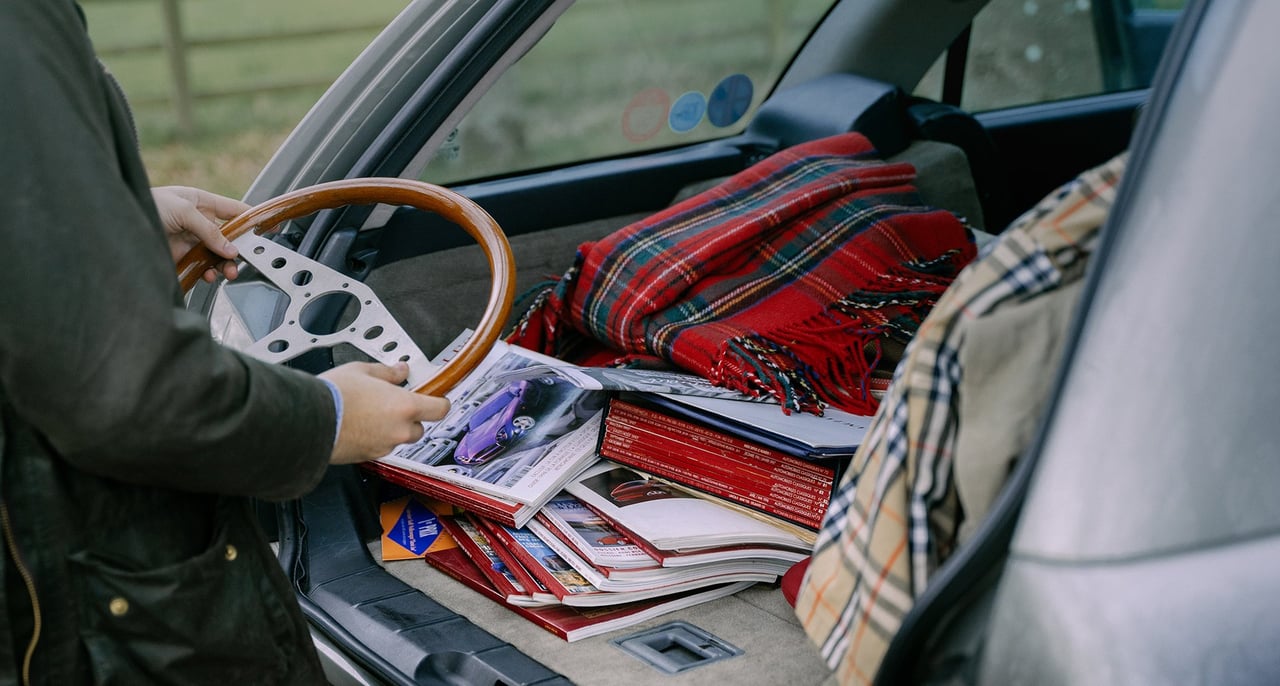

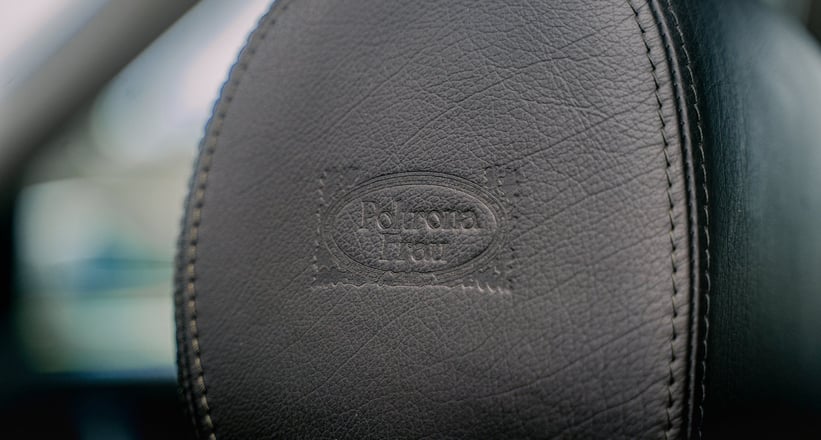
Why is your particular Kappa so special in terms of its specification?
The Kappa SW was presented at the 1996 Turin Motor Show and, in the period, the automotive press agreed that the estate was a finer car than the saloon. And I agree with them! Because Italy imposed heavy taxes on cars above two litres, the most powerful engine was a well-known four-cylinder that was produced in-house. The Lampredi 2.0 16v turbo in its catalysed 205HP form was inaugurated on the Thema and ultimately powered the Delta HF Integrale to five World Rally Championship titles between 1987 and 1991.
In France, the Kappa SW 2.0 Turbo was only available in the LX trim level associated with the manual gearbox. This comprised full-grain leather upholstery by Poltrona Frau, heated electric seats with memory settings and Solextra blue tinted windows. Pininfarina made a point of designing the boot as part of the interior – it’s therefore covered entirely in thick carpeting. On the outside, the car is identified by its Speedline wheels and I love this beige-grey metallic shade, which is officially called Grigio Mercury.
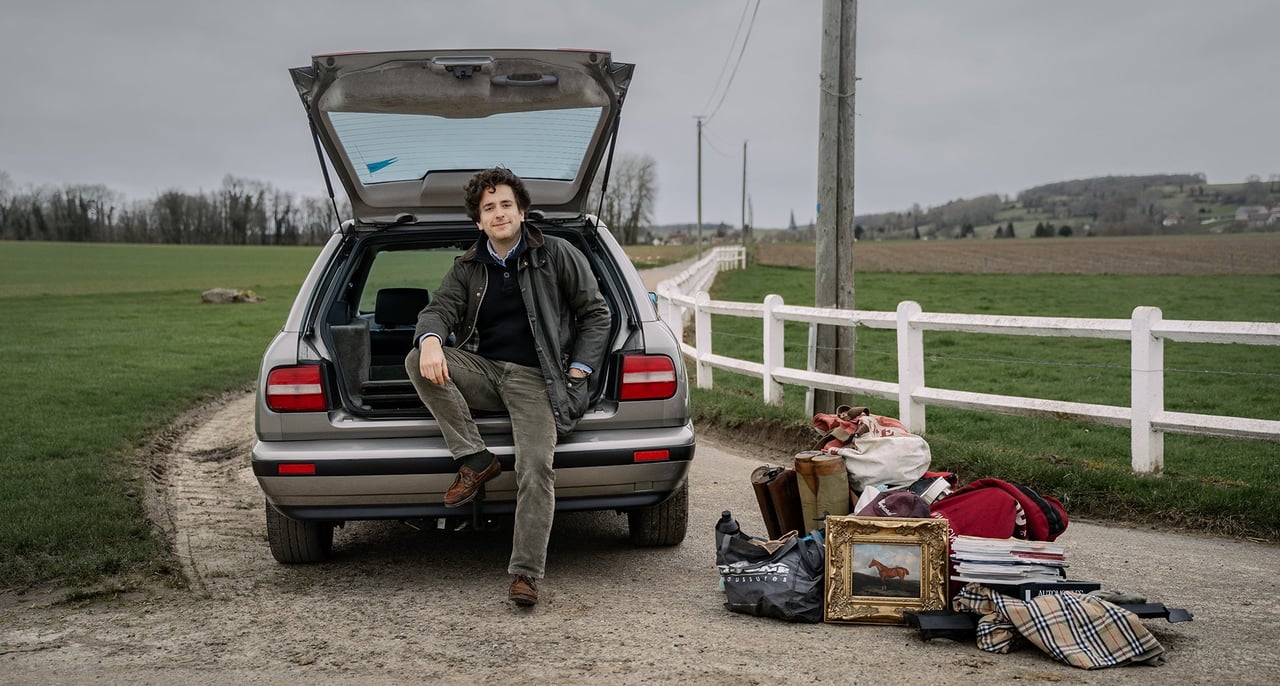

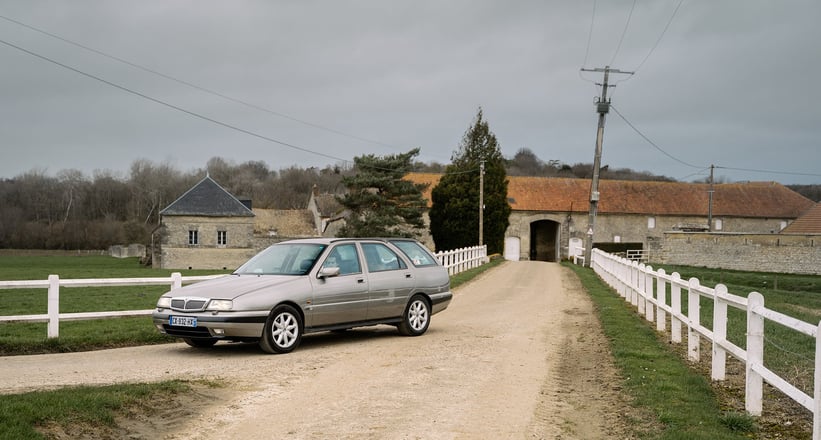
What legacy did the Lancia Kappa leave behind?
According to Lancia, only 68 Kappa SW 2.0 Turbos were sold new in France. In 1997, this car cost 266,000 francs, or around 55,000 euros in today’s money. And that was without any optional extras – it was more expensive than a BMW 528i Touring. In the summer of 1997, at the altar of new environmental laws, the Lampredi engine was consigned to history. Along with the Fiat Coupé and the Lancia Delta HF Integrale, the Kappa was the last car to have this legendary four-cylinder engine designed by Aurelio Lampredi beneath the bonnet.
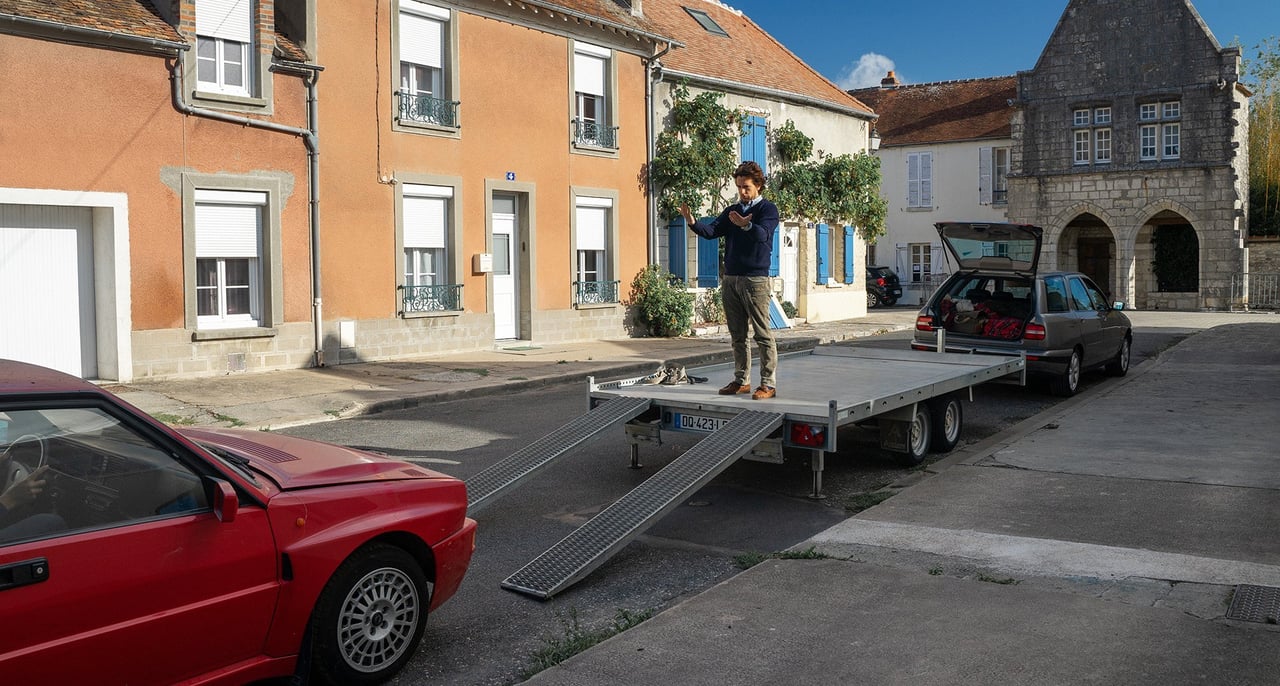
What other cars do you own and how do they compare to the Kappa?
I love the cars from my childhood and those built in the 1980s and ’90s are my madeleines de Proust. The one I’ve owned the longest is a 1984 Volkswagen Golf GTI. Last autumn, I ‘saved’ an MG ZS 180, an amazing and unjustly forgotten sports car powered by Rover’s last V6 engine. The car ruled the British Touring Car Championship for several years in a row and the spectators said it was the best sounding car in the series’ history. I’ve always had a penchant for Italian cars, even the weird ones. I sold an Alfa Romeo 75 3.0 V6 America and I also own a Bertone Freeclimber and a Fiat Seicento Sporting Abarth, the latter of which was a gift for my 30th birthday. The Kappa is the fastest and most comfortable of them all, however, and serves honourably as a utility vehicle, like today, helping a friend to move his wonderful Delta Integrale.
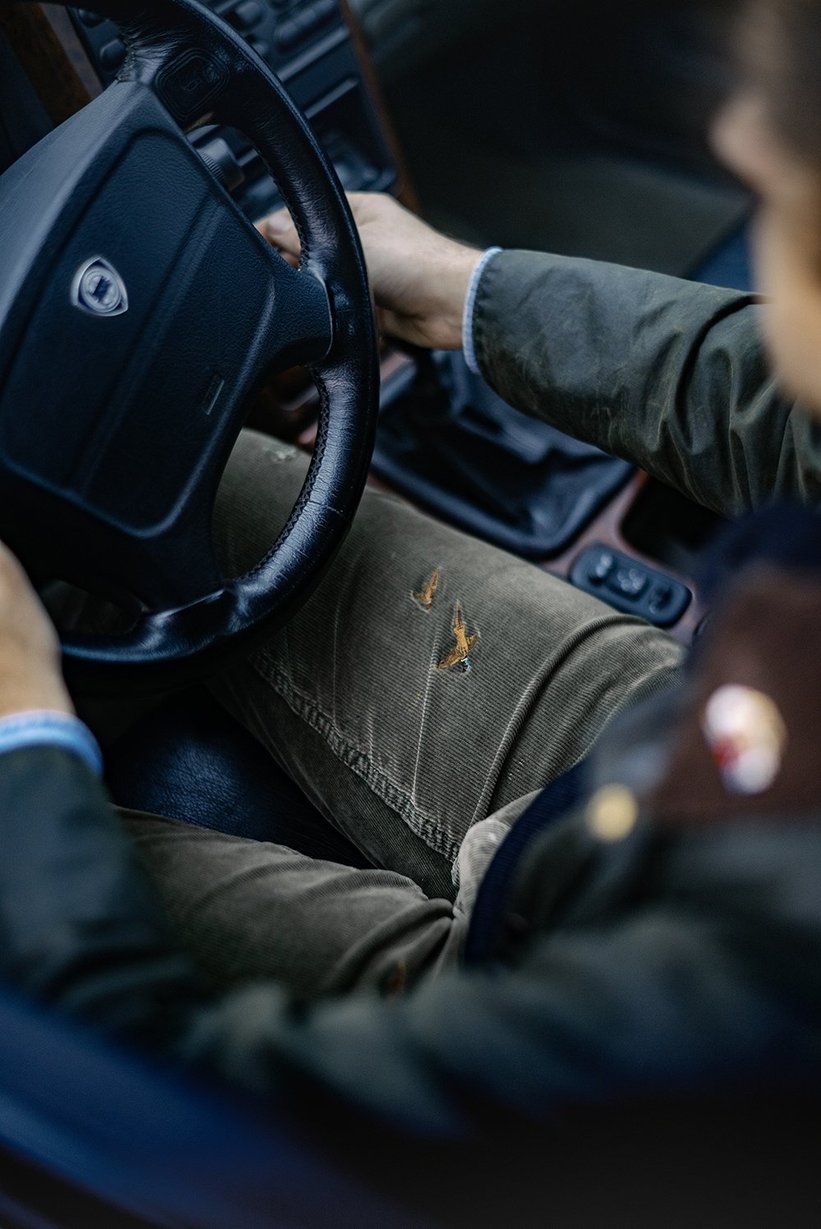
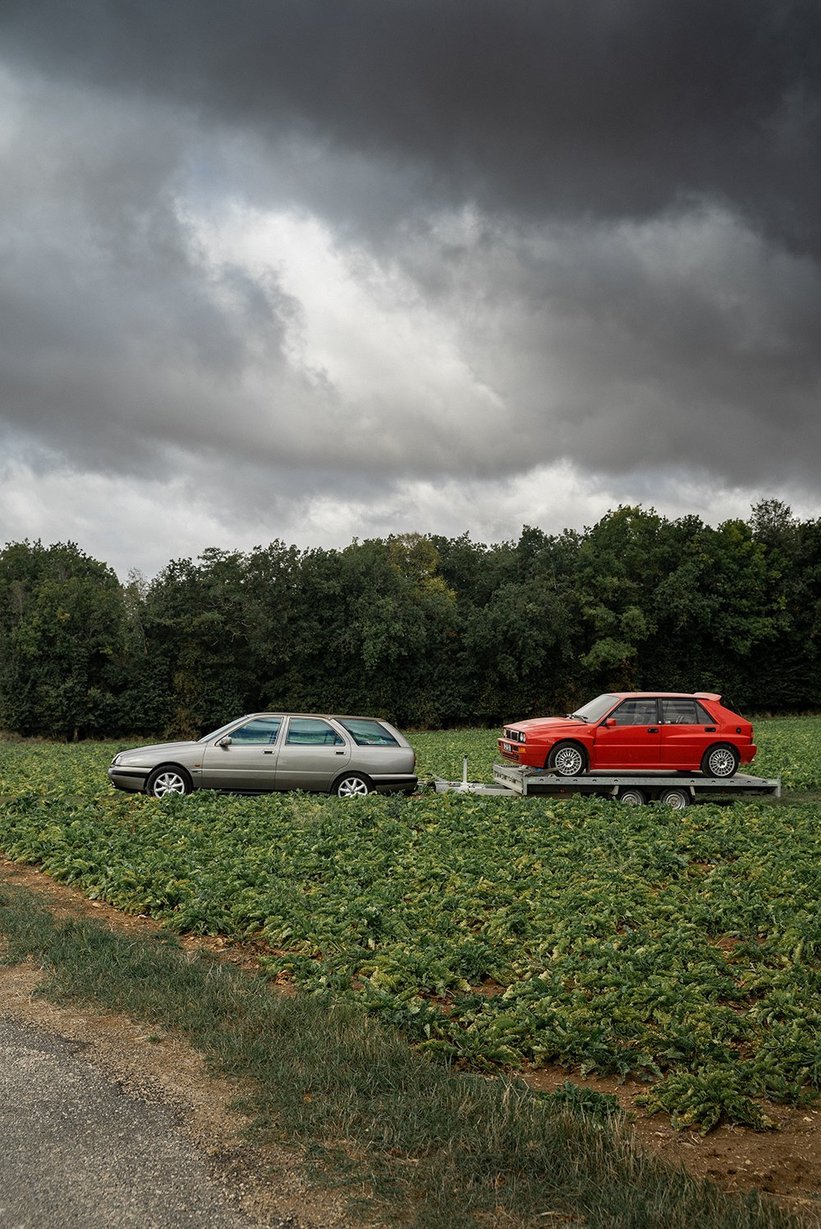
In your opinion, is Lancia finally great again?
In the hearts of car enthusiasts, at least! When you see the most beautiful old Lancias at historic events or in auctions, or brilliant projects such as the Delta Futurista by Eugenio Amos and Michael Stoschek’s modern Stratos, then you realise that the brand is written in automotive history. Will Fiat and its alliance with PSA help to revive the brand?
In the modern history of the marque, the Delta HF Integrale has crushed the other 1980s and ’90s Lancias with its fame and performance. We can talk about the secretive Hyena by Zagato, but who remembers the contemporary Lancias? The Kappa was too discreet to the appreciated, much like the Thema. It never had the chance to be equipped with a Ferrari V8 or an all-wheel-drive system. But it remains the ultimate collaboration between the Lancia factory and Pininfarina – a partnership that birthed the Berlina bilux, Aurelia B24 Spider, Florida, Flaminia, Flavia, Gamma and fantastic concept cars such as the Olgiata shooting brake.
Photos: Amaury Laparra for Classic Driver © 2020
